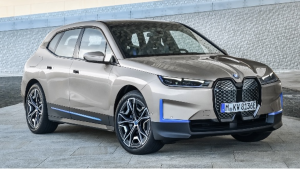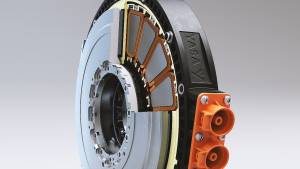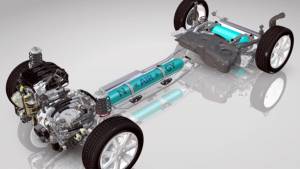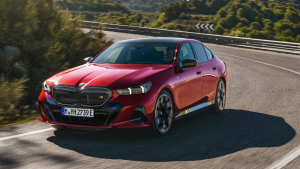Simple Tech: The new high voltage dawn for EVs
What pressure is to a mechanical system, voltage (V) is to an electrical system. Pressure is a very important factor at play in an automobile. For example, to increase power from an engine of a given capacity, we need to increase the pressure with which the fuel and air mixture can be inducted into the combustion chamber. This is normally done by employing a high pressure common-rail fuel injection system for fuel, and a turbocharger for air respectively. More pressure means more bang for the buck, which means more power can be squeezed out from each droplet of fuel. This also means more performance, fuel efficiency and thus better overall efficiency from the engine.
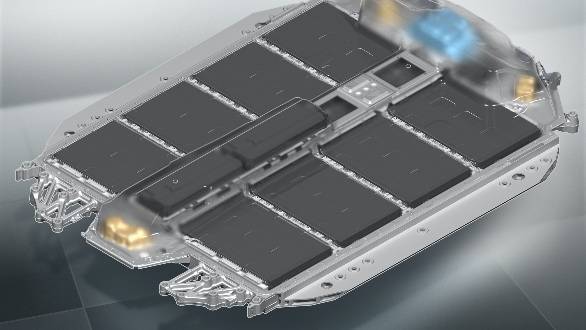
Well, electric vehicles (EVs) are also going through a similar deal. We know that batteries supplied with our conventional cars are rated at 12V or 24V. This is good enough to power the engine starter motor, steering hydraulic system, onboard electronics and many such small subsystems. However, when similarly rated batteries were used for main propulsion, as in with electric motors for EVs, things didn't turn out well for such EV, like the Reva (first-generation model). It delivered a paltry range of just 60km on a full charge, and after more than eight hours of charging at that. See, the problem lies in the basic physics with electricity.
Many of us are aware of the formula: Power is equal to voltage times current. To increase power (at constant voltage), current needs to be increased. For example, if you press the throttle in a Reva, more current is supplied to the electric motor to increase its power/torque for acceleration. The problem is, more current also means more heat, thus more energy loss. The system should have thicker wires with thicker insulation to protect the man and machine from the effects of high current and heat. This translates into a bulkier and heavier wiring system, and since electric motor windings are also made of wires, thus a bulkier motor as well. As a result, a much heavier propulsion system for the car, resulting in reduction of acceleration, range, top speed, cargo and passenger carrying capacity and what not. Not a good CV for a passenger car, no?
However, by the very same formula, if the voltage is increased, power can still be increased without increasing current. This happens because, voltage is the force which pushes the electric charge (stored in the batteries) through wires to do a job. The rate of flow or movement of electric charge as a result is defined as the current. So, if the voltage is less, more electric charge movement is needed to do a particular work, thus higher current. However, if the voltage is more, less electric charge movement is required to do the same job, hence lower current. This is similar to the scenario of car washing, wherein if the pressure of water in hose is less, you need more water to clean the car. However, if the pressure of water is high, you can wash your car with much less water, as in pressure jet washing for example.
This concept thus flips the table for an EV entirely. Since less current means less heat and energy loss, thus more power and efficiency. Less current also means that for same power, thinner wires, smaller electric motors and lighter subsystems can be employed. The obvious advantage being less weight of the car and more range and cargo/passenger carrying capacity. This takes the practicality quotient of EVs to a new high.
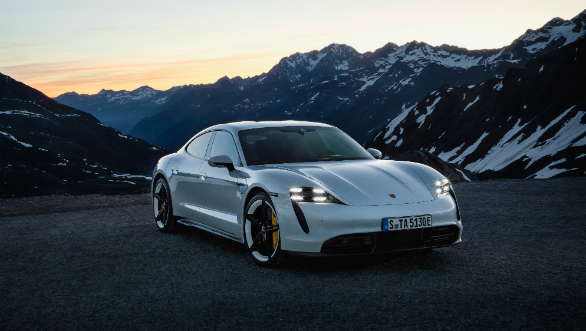
High-voltage electric propulsion is so popular now that it is the new norm of the sorts. Almost all passenger EVs coming out of the factory are shod with battery packs of almost 400V rating, for example Hyundai Kona (356V), Tesla Model 3 (350V) and Tesla Model S and X (375V). Sportscars, as always, try to push the envelope of the automobile industry, with the electric sports car being no exception either by housing the battery packs up to 800V rating, for example Fisker EMotion and Porsche Taycan. Just see the advantages of this, that is, even thinner wires, lightweight motors and lightweight subsystems for the same power, which means more performance and range, a trait much needed in sports car and motorsport territory.
However, even though this bumping up of voltage sounds cool, it is anything but! High-voltage systems are complicated, hazardous, need electronic control and multi-layered safeties which also bump up the cost of the system. This is because when the 220V power supply at your home may potentially kill you, a 400V supplied can very well roast you!
This article originally appeared in the May 2020 issue of OVERDRIVE.
Starts Rs 23.72 Lakhs
-NA-
Automatic
136
395
-NA-
-NA-
-NA-
Automatic
680
1050
-NA-
-NA-
-NA-
503
660
-NA-
-NA-
-NA-
503
660
-NA-
Related Stories
Top Stories
Latest Videos
Most Popular
- Budget Sportbike Showdown: Kawasaki Ninja 500 vs Aprilia RS 457 vs Yamaha YZF-R3
- 2014 Triumph Daytona 675 vs 2024 Kawasaki ZX6R - A Decade of Evolution in Supersport Motorcycles
- Mumbai-Pune Expressway speed restrictions updated
- Nissan Magnite EZ-Shift review - is the AMT any good?
- Nitin Gadkari states that tax on Hybrids should be reduced to 12 percent in the coming future
